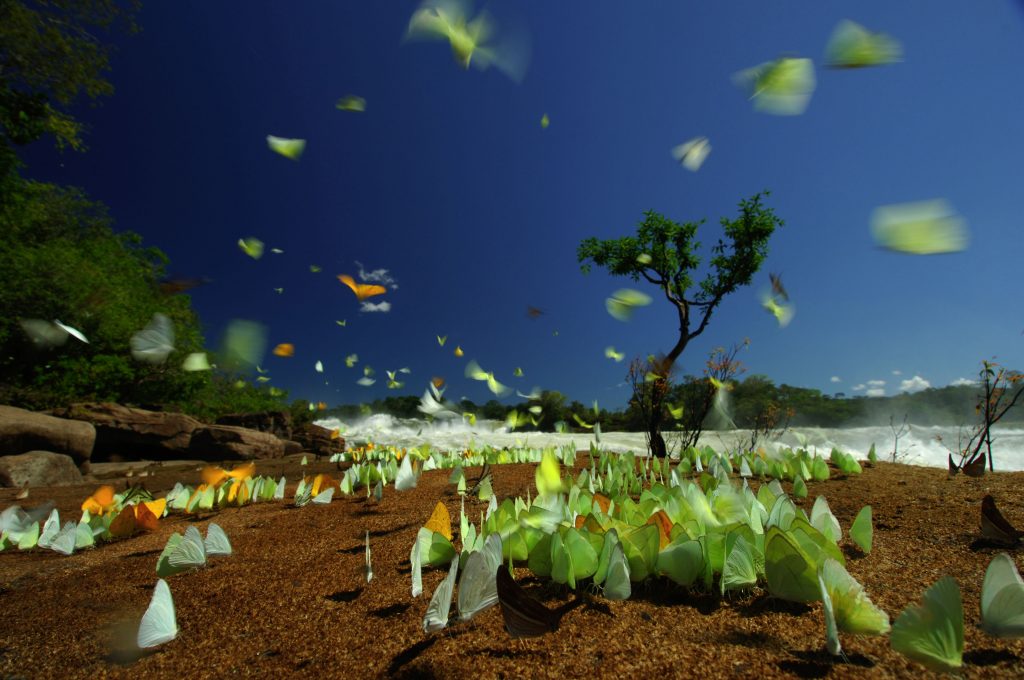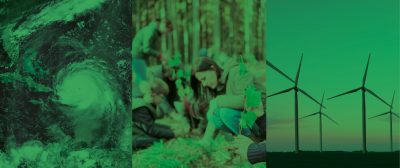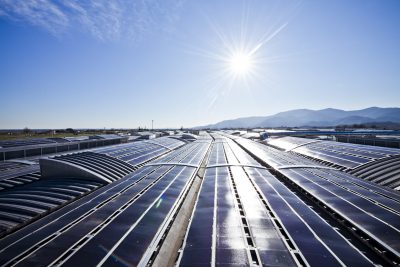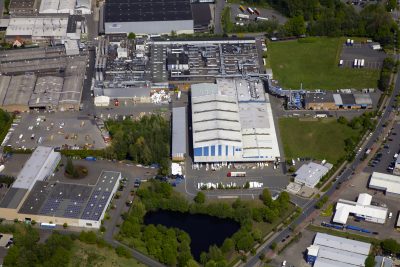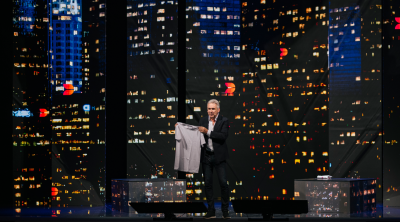The earth’s biodiversity is declining at an alarming rate, according to WWF’s latest Living Planet Report 2022. Watch Marco Galaverni, program and oasis director at WWF Italy, discuss the report findings and what we, as a society, can do to address them
The global goal of net zero by 2050 is much discussed and broadly accepted, but WWF – the world’s leading conservation organization, with which Sofidel has collaborated for 15 years – would like to draw attention to another goal: nature positive by 2030.
‘Nature positive’ means not just halting but reversing biodiversity loss. As WWF’s Living Planet Report 2022 explains, biodiversity loss and climate change are not separate crises but two sides of the same coin. We cannot solve one and not the other.
Plummeting wildlife populations
Outlining the scale of the problem are some startling headline figures. WWF’s Living Planet Index, which tracks the health of nature over almost 50 years, shows that global wildlife populations have plummeted by an average of 69% between 1970 and 2018. The greatest regional decline was in Central and South America, with a staggering 94% average decline in abundance, while freshwater vertebrate species saw the greatest overall global decline, on average, at 83%.
“That’s something incredible,” says Marco Galaverni, program and oasis director at WWF Italy. “It means that we’re literally losing millions of individuals from very important species in a few decades… a significant portion of biodiversity on Earth.”
You can watch the video interview with WWF’s Marco Galaverni here:
As the report makes clear, these numbers aren’t only terrible for their own sake; nature loss has ramifications that put every species at risk, including humans. Its effects will make it impossible to achieve the UN’s Sustainable Development Goals (SDGs) – in particular good health, zero poverty, and food and water security.
“Biodiversity is the very basis of our own societies and economies,” says Galaverni. “Think about the fertile soils that we need to produce our own food… think about fabrics. Most of the things we base our economies upon are based on nature, so we really have to care for it, unless we want to impede the sustainability of our societies.”
Need for system-wide transformation
So what can be done? The main causes of biodiversity loss are changes in land and sea use, pollution, increased demand for energy – all also contributing to climate change or indeed caused by it. Hence the opportunity to tackle both at once.
We must understand, says Galaverni, how “our choices about consumption and production will affect our future here on planet Earth, together with increased nature conservation and restoration efforts.” But if the necessary choices are going to be made on a large enough scale to have an impact, what is needed is “real transformative change in the whole system in which we produce and consume goods and natural resources.”
The report details the many transformations that need to take place: the challenging of routine values and practices; decarbonization in all sectors; the mainstreaming of biodiversity impacts in trade policy; the move to an economy that values well-being – the list goes on.
It’s a big challenge, and the solution proposed will require buy-in across the globe. Is Galaverni optimistic that it can succeed? “Absolutely,” he says. “This is something exciting. And everyone – institutions, individuals, companies – can make a difference.”
Further details:
To download the full report, visit https://livingplanet.panda.org/
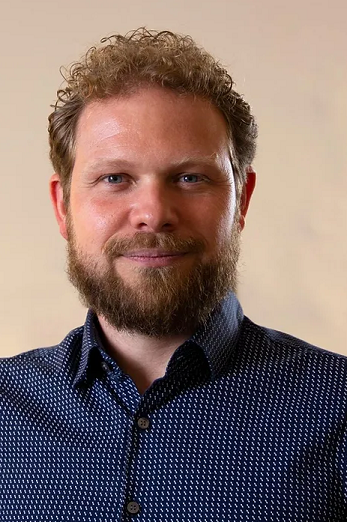
Main picture: Zig Koch/WWF
